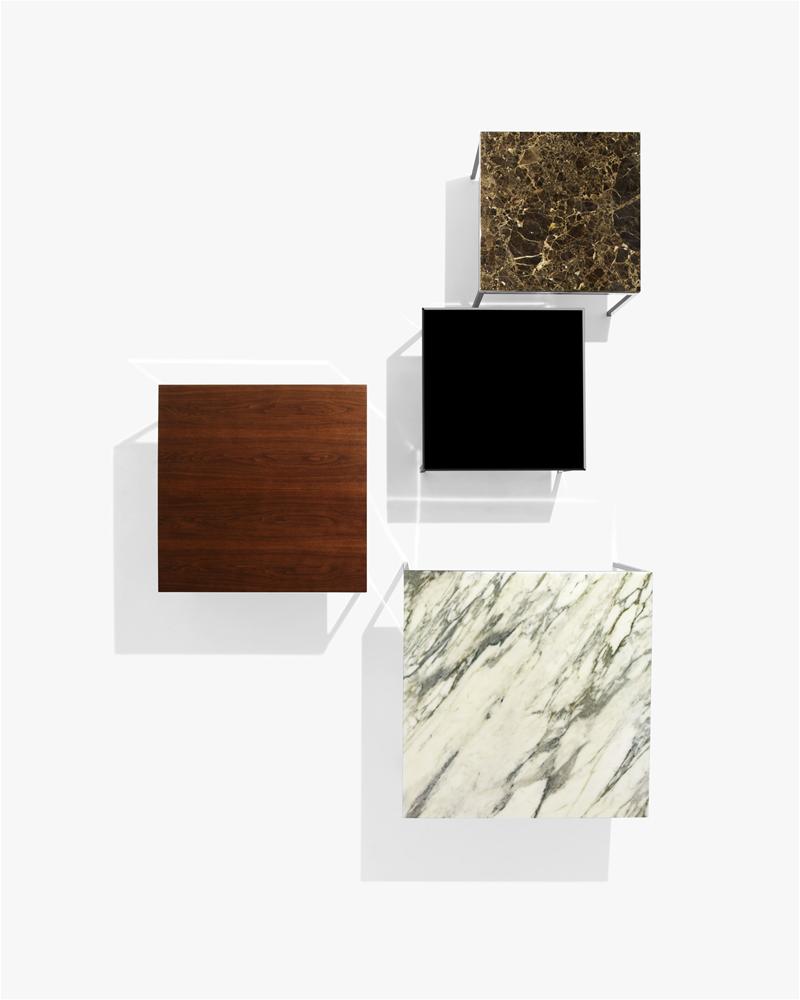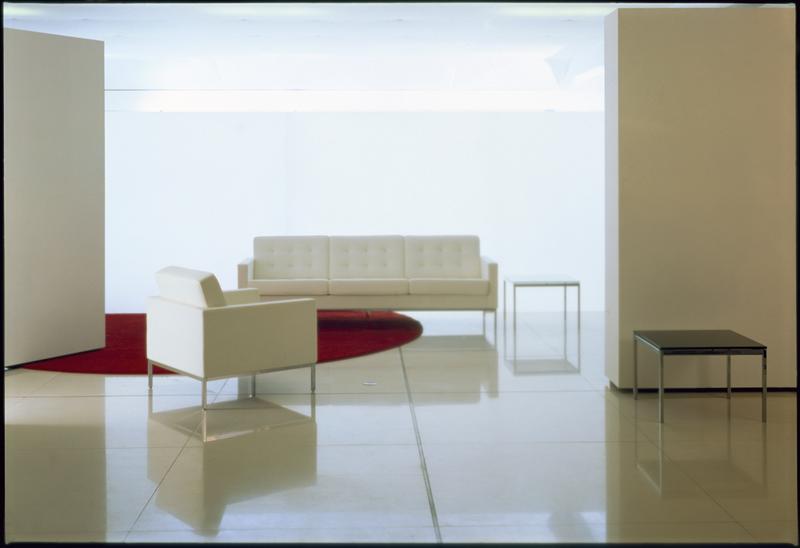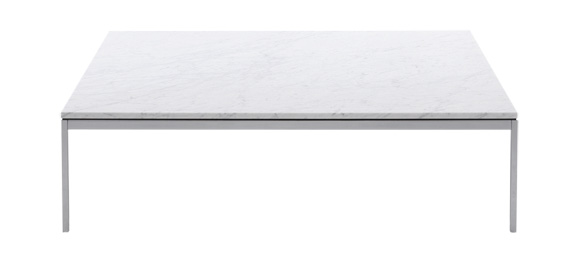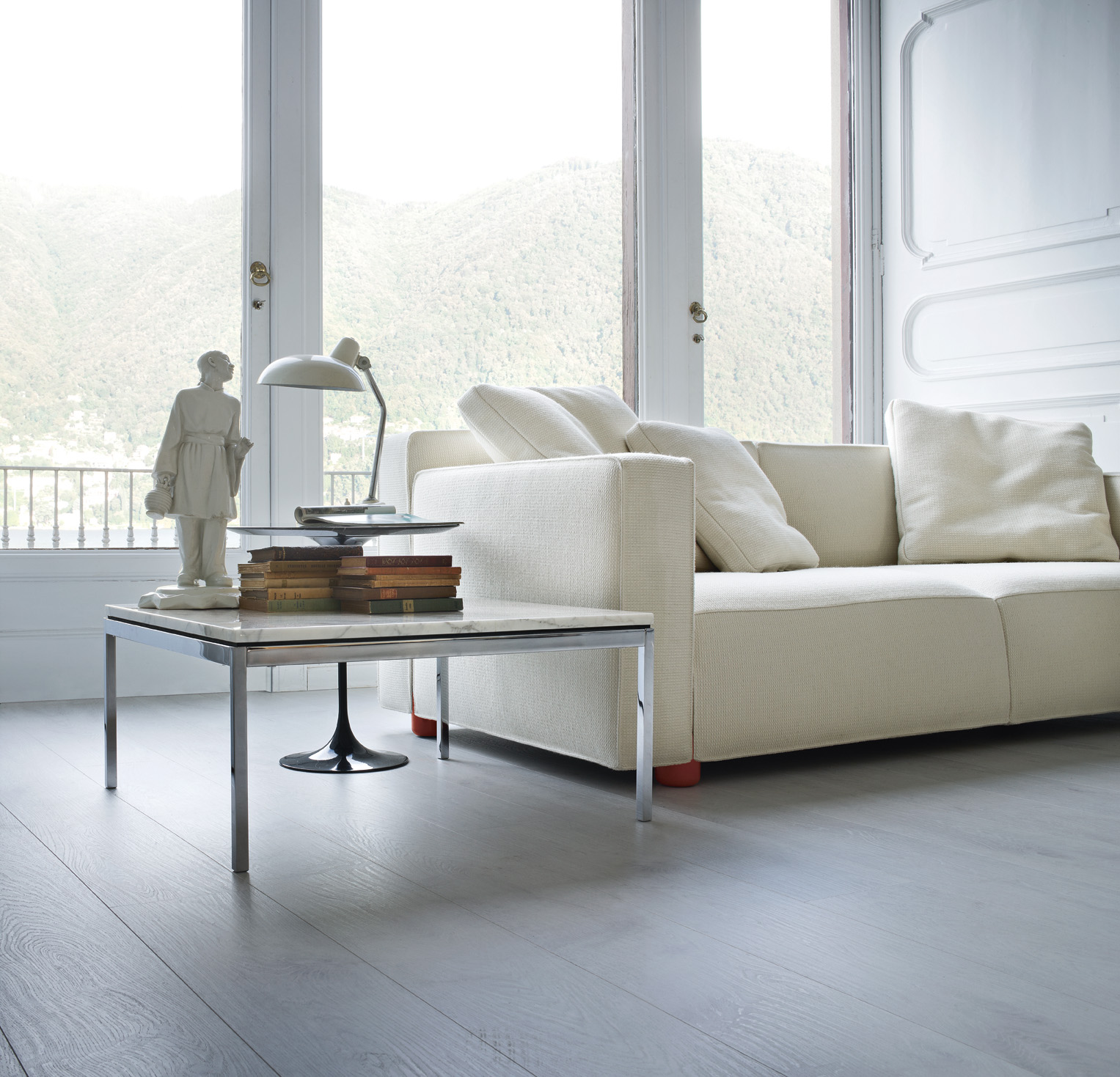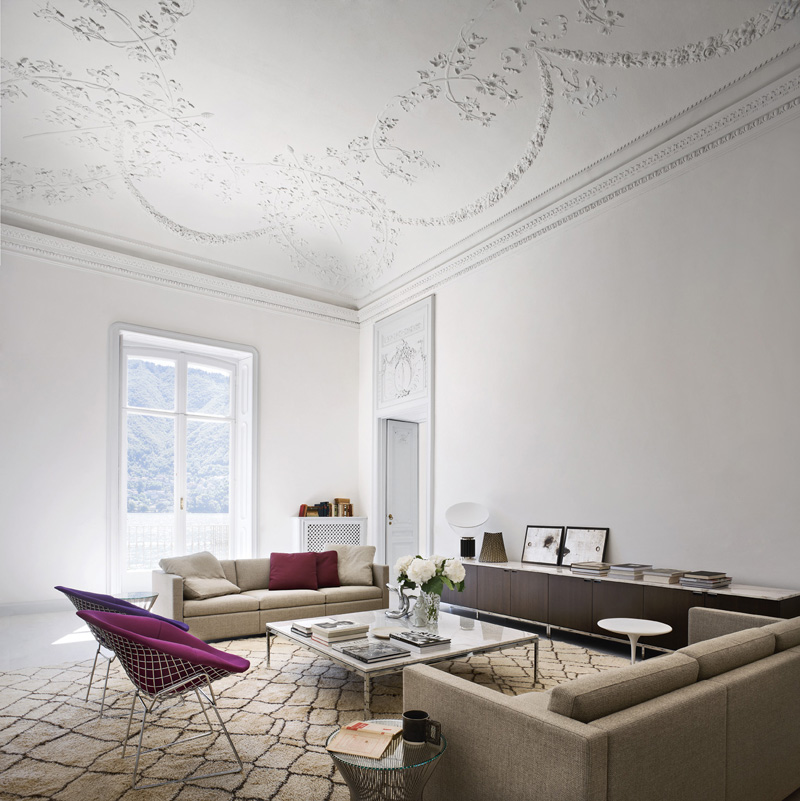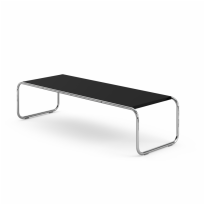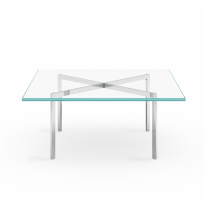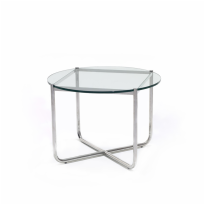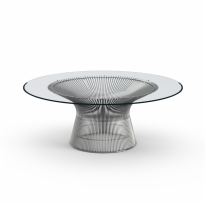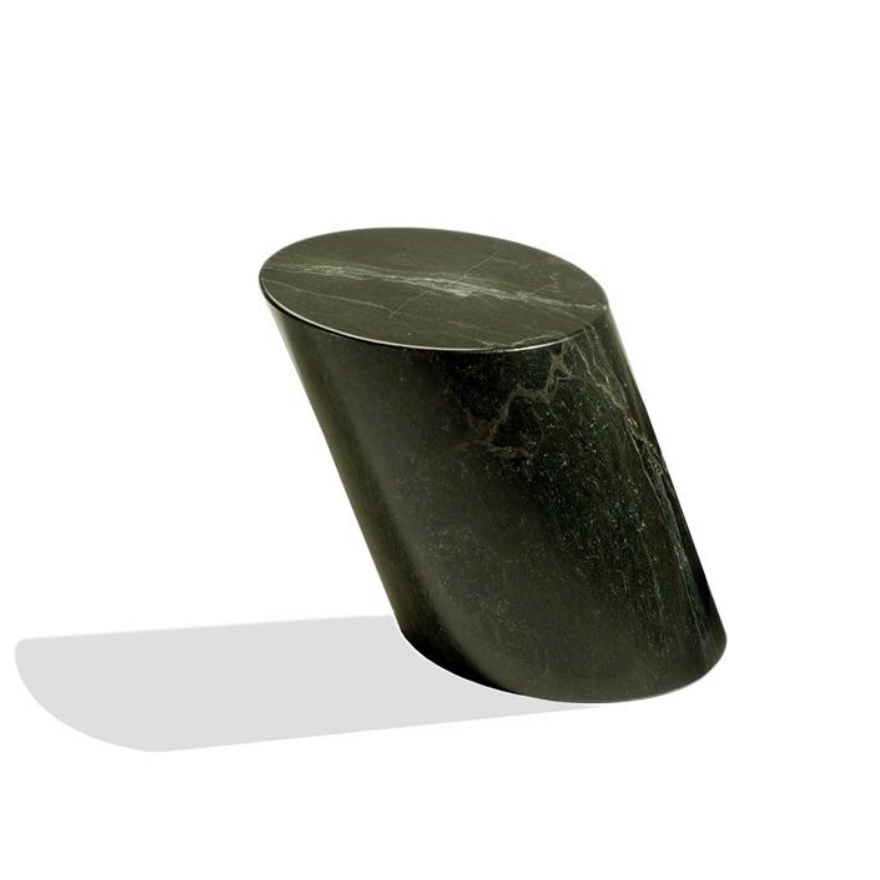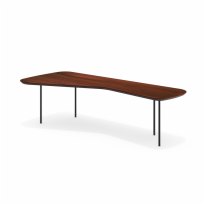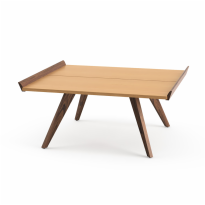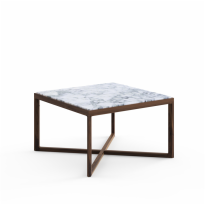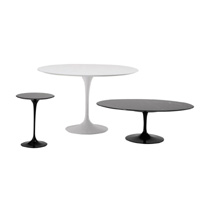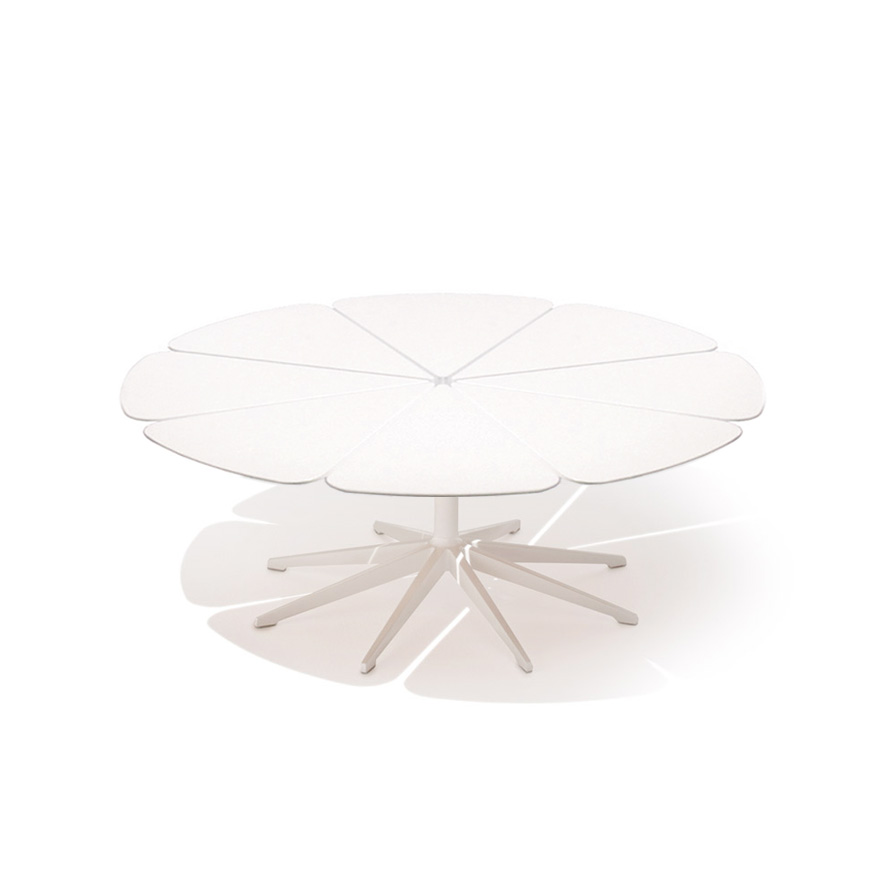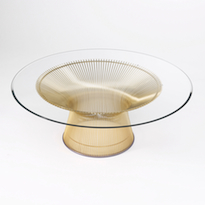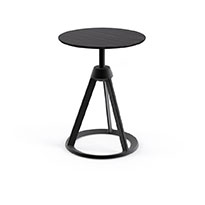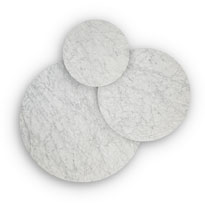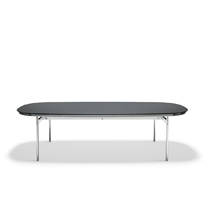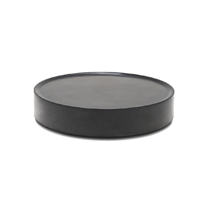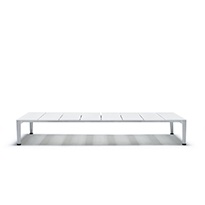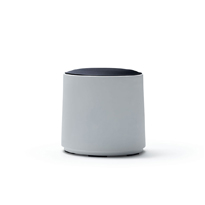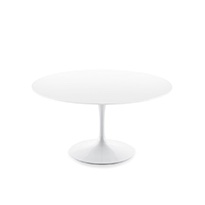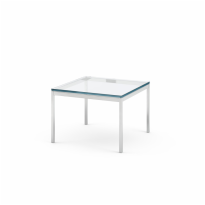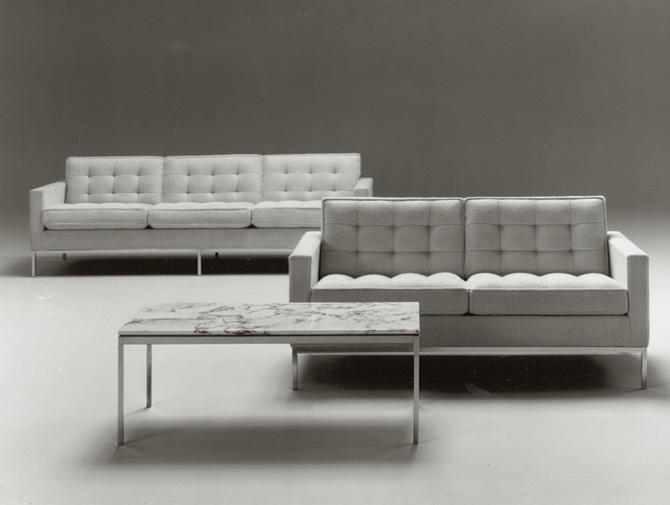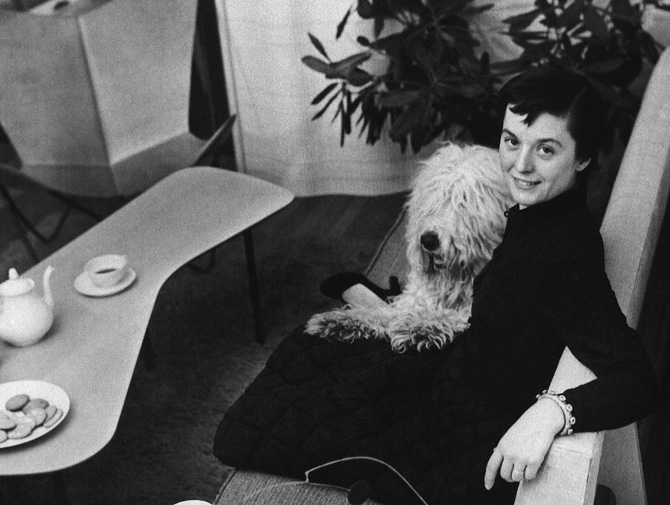Florence Knoll Low Tables
Designed by Florence Knoll, 1954
The Florence Knoll Coffee Table, designed to furnish the new interiors of postwar America, is a scaled-down translation of the lines, gestures, and materials of modern architecture. Consistent with all of her designs, the table has a spare, geometric presence that reflects the rational design approach Florence Knoll learned from Mies van der Rohe.
ShareTop
-
 X
X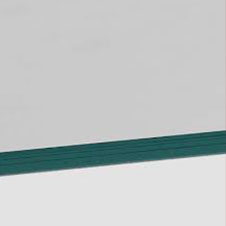
Clear Glass
-
 X
X
Arabescato marble, Gloss finish
Ivory white with dark grey veining. May contain random green vein. Hues, veins, crystals, fossils and distinctive marks will vary from piece to piece. Shiny coated marbles have transparent, high-polish, polyester coating to prevent use-associated stains. Even with this protection, coated marbles should not be used outdoors. Marble coating may yellow over time giving the marble a warmer tone.
-
 X
X
Arabescato marble, Satin finish
Ivory white with dark grey veining. May contain random green vein. Hues, veins, crystals, fossils and distinctive marks will vary from piece to piece. The Satin finish gives the stonea natural, honed appearance while providing a protective coating. Even with this protection, coated marbles should not be usedoutdoors. Marble coating may yellow over time givin the marble a warmer tone.
-
 X
X
Statuarietto marble, Gloss finish
Shiny coated marbles have transparent, high-polish, polyester coating to prevent use-associated stains. Even with this protection, coated marbles should not be used outdoors. Marble coating may yellow over time giving the marble a warmer tone.
-
 X
X
Statuarietto marble, Satin finish
The Satin finish gives the stonea natural, honed appearance while providing a protective coating. Even with this protection, coated marbles should not be usedoutdoors. Marble coating may yellow over time givin the marble a warmer tone.
-
 X
X
Nero Marquina marble, Gloss finish
Rich black with random veins that can vary from white to gold. Hues, veins, crystals, fossils and distinctive marks will vary from piece to piece. Shiny coated marbles have transparent, high-polish, polyester coating to prevent use-associated stains. Even with this protection, coated marbles should not be used outdoors. Marble coating may yellow over time giving the marble a warmer tone.
-
 X
X
Nero Marquina marble, Satin finish
Rich black with random veins that can vary from white to gold. Hues, veins, crystals, fossils and distinctive marks will vary from piece to piece. The Satin finish gives the stonea natural, honed appearance while providing a protective coating. Even with this protection, coated marbles should not be usedoutdoors. Marble coating may yellow over time givin the marble a warmer tone.
-
 X
X
Calacatta marble, Gloss finish
Ivory white clasts with gold and beige veins; additional colored veins varying from cream to green and grey may also appear. Hues, veins, crystals, fossils and distinctive marks will vary from piece to piece. Shiny coated marbles have transparent, high-polish, polyester coating to prevent use-associated stains. Even with this protection, coated marbles should not be used outdoors. Marble coating may yellow over time giving the marble a warmer tone.
-
 X
X
Calacatta marble, Satin finish
Ivory white clasts with gold and beige veins; additional colored veins varying from cream to green and grey may also appear. Hues, veins, crystals, fossils and distinctive marks will vary from piece to piece. The Satin finish gives the stonea natural, honed appearance while providing a protective coating. Even with this protection, coated marbles should not be usedoutdoors. Marble coating may yellow over time givin the marble a warmer tone.
-
 X
X
Brown Emperador marble, Gloss finish
Shiny coated marbles have transparent, high-polish, polyester coating to prevent use-associated stains. Even with this protection, coated marbles should not be used outdoors. Marble coating may yellow over time giving the marble a warmer tone.
-
 X
X
Brown Emperador marble, Satin finish
The Satin finish gives the stonea natural, honed appearance while providing a protective coating. Even with this protection, coated marbles should not be usedoutdoors. Marble coating may yellow over time givin the marble a warmer tone.
-
 X
X
Verde Alpi marble, Gloss finish
Shiny coated marbles have transparent, high-polish, polyester coating to prevent use-associated stains. Even with this protection, coated marbles should not be used outdoors. Marble coating may yellow over time giving the marble a warmer tone.
-
 X
X
Verde Alpi marble, Satin finish
The Satin finish gives the stonea natural, honed appearance while providing a protective coating. Even with this protection, coated marbles should not be usedoutdoors. Marble coating may yellow over time givin the marble a warmer tone.
-
 X
X
Ebonished Oak
-
 X
X
Stained Grey Oak
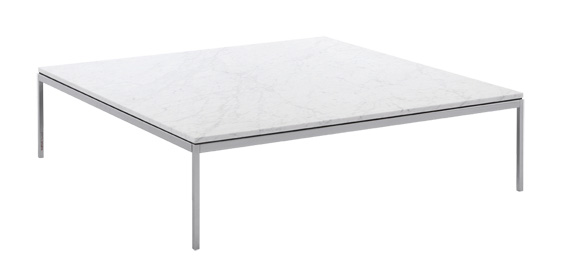
Top
-
 X
X
Clear Glass
null
-
 X
X
Arabescato marble, Gloss finish
Ivory white with dark grey veining. May contain random green vein. Hues, veins, crystals, fossils and distinctive marks will vary from piece to piece. Shiny coated marbles have transparent, high-polish, polyester coating to prevent use-associated stains. Even with this protection, coated marbles should not be used outdoors. Marble coating may yellow over time giving the marble a warmer tone.
-
 X
X
Arabescato marble, Satin finish
Ivory white with dark grey veining. May contain random green vein. Hues, veins, crystals, fossils and distinctive marks will vary from piece to piece. The Satin finish gives the stonea natural, honed appearance while providing a protective coating. Even with this protection, coated marbles should not be usedoutdoors. Marble coating may yellow over time givin the marble a warmer tone.
-
 X
X
Statuarietto marble, Gloss finish
Shiny coated marbles have transparent, high-polish, polyester coating to prevent use-associated stains. Even with this protection, coated marbles should not be used outdoors. Marble coating may yellow over time giving the marble a warmer tone.
-
 X
X
Statuarietto marble, Satin finish
The Satin finish gives the stonea natural, honed appearance while providing a protective coating. Even with this protection, coated marbles should not be usedoutdoors. Marble coating may yellow over time givin the marble a warmer tone.
-
 X
X
Nero Marquina marble, Gloss finish
Rich black with random veins that can vary from white to gold. Hues, veins, crystals, fossils and distinctive marks will vary from piece to piece. Shiny coated marbles have transparent, high-polish, polyester coating to prevent use-associated stains. Even with this protection, coated marbles should not be used outdoors. Marble coating may yellow over time giving the marble a warmer tone.
-
 X
X
Nero Marquina marble, Satin finish
Rich black with random veins that can vary from white to gold. Hues, veins, crystals, fossils and distinctive marks will vary from piece to piece. The Satin finish gives the stonea natural, honed appearance while providing a protective coating. Even with this protection, coated marbles should not be usedoutdoors. Marble coating may yellow over time givin the marble a warmer tone.
-
 X
X
Calacatta marble, Gloss finish
Ivory white clasts with gold and beige veins; additional colored veins varying from cream to green and grey may also appear. Hues, veins, crystals, fossils and distinctive marks will vary from piece to piece. Shiny coated marbles have transparent, high-polish, polyester coating to prevent use-associated stains. Even with this protection, coated marbles should not be used outdoors. Marble coating may yellow over time giving the marble a warmer tone.
-
 X
X
Calacatta marble, Satin finish
Ivory white clasts with gold and beige veins; additional colored veins varying from cream to green and grey may also appear. Hues, veins, crystals, fossils and distinctive marks will vary from piece to piece. The Satin finish gives the stonea natural, honed appearance while providing a protective coating. Even with this protection, coated marbles should not be usedoutdoors. Marble coating may yellow over time givin the marble a warmer tone.
-
 X
X
Brown Emperador marble, Gloss finish
Shiny coated marbles have transparent, high-polish, polyester coating to prevent use-associated stains. Even with this protection, coated marbles should not be used outdoors. Marble coating may yellow over time giving the marble a warmer tone.
-
 X
X
Brown Emperador marble, Satin finish
The Satin finish gives the stonea natural, honed appearance while providing a protective coating. Even with this protection, coated marbles should not be usedoutdoors. Marble coating may yellow over time givin the marble a warmer tone.
-
 X
X
Verde Alpi marble, Gloss finish
Shiny coated marbles have transparent, high-polish, polyester coating to prevent use-associated stains. Even with this protection, coated marbles should not be used outdoors. Marble coating may yellow over time giving the marble a warmer tone.
-
 X
X
Verde Alpi marble, Satin finish
The Satin finish gives the stonea natural, honed appearance while providing a protective coating. Even with this protection, coated marbles should not be usedoutdoors. Marble coating may yellow over time givin the marble a warmer tone.
-
 X
X
Ebonished Oak
-
 X
X
Stained Grey Oak




